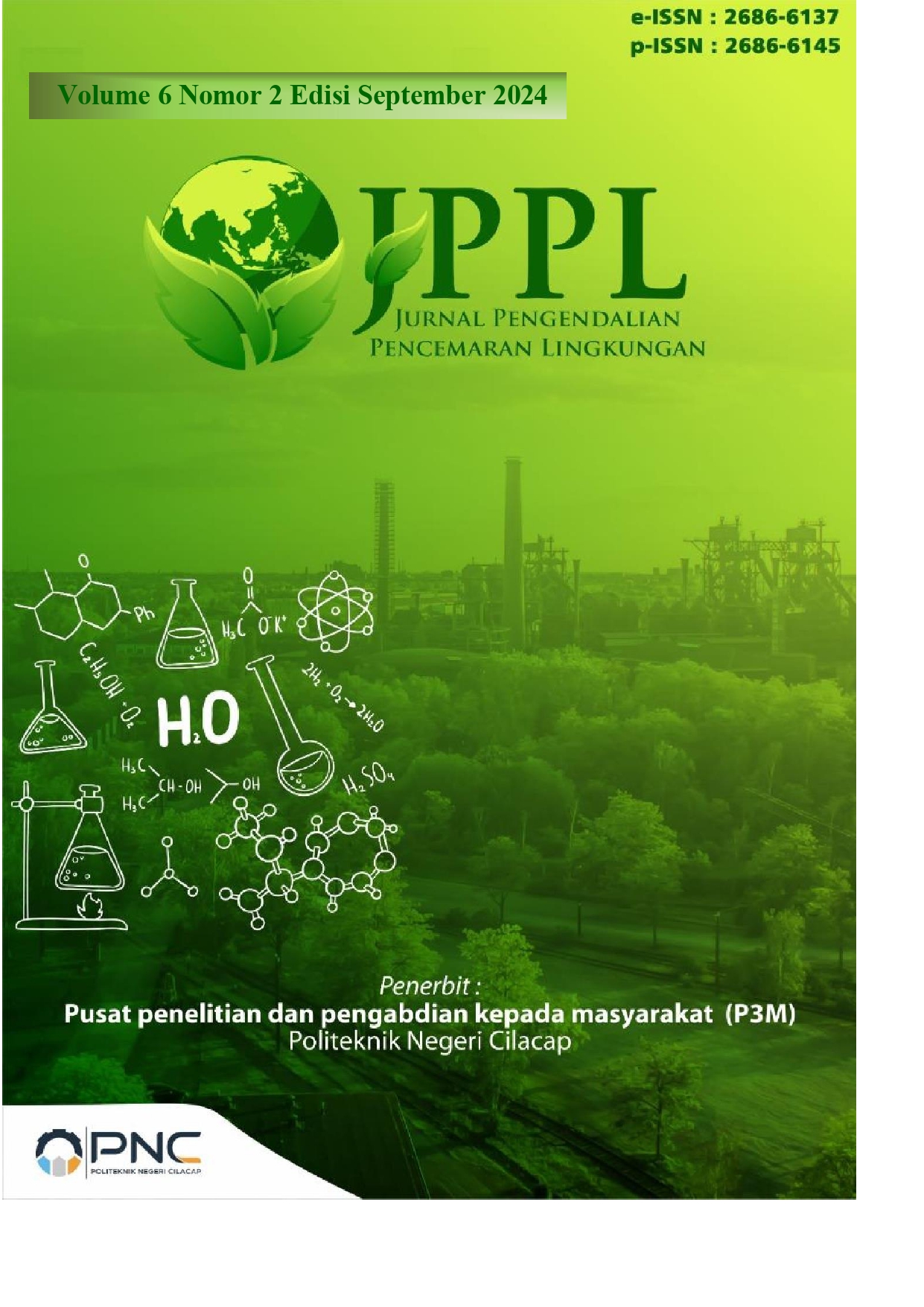Impact of Microplastic Pollution on Fish, Shellfish and Sediments in Indonesian Waters: A Review
 Abstract views: 639
,
Abstract views: 639
,
 PDF downloads: 755
PDF downloads: 755
Abstract
The presence of microplastics adversely affects the presence of toxic absorbs such as PBTs (persistent, bioaccumulative, and toxic substances) and POPs (persistent organic pollutants). The process of degradation of plastic waste into microplastics can be through natural and chemical processes. Plastic type waste and synthetic / elastic will be difficult to decompose naturally. The increase in population will have an impact on the value of consumption so that it has an impact on individual or household waste production. Residents have the potential to move from one place to another in making tourist visits to water areas. As a result of poor behavior, garbage has the potential to be thrown anywhere. The types of waste found are plastic, cigarette wraps and butts, thread, nylon, bottles, plastic materials and other types. The research method used is an approach to scientific journals on various platforms (Mendeley, Google, University Journals and so on). Plastic decomposition will decompose in the soil very slowly and takes up to 1000 years, even waste from plastic bottles can decompose within 450 years to degrade to make microplastics. Microplastics are found in marine life such as fish, snails and sediments in waters. Microplastics are found in several types, namely pellets, fragments, fibers, Styrofoam films, and foams. The shape or type that dominates is the shape of fiber. Microplastics have an adverse impact on the health of organisms in the waters, including disorders of organisms in the waters are disorders of endoctrination, metabolism, tissue destruction, inflammation and growth disorders and decreased survival.
Copyright (c) 2024 Ronaldy Lovina, Samsul Bahri, Lily Viruly

This work is licensed under a Creative Commons Attribution 4.0 International License.

















